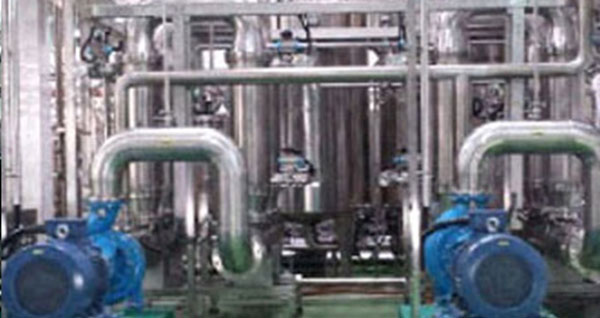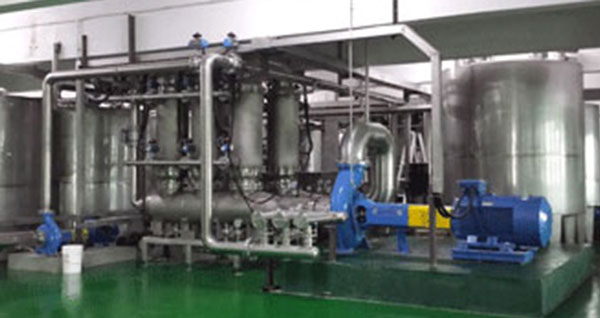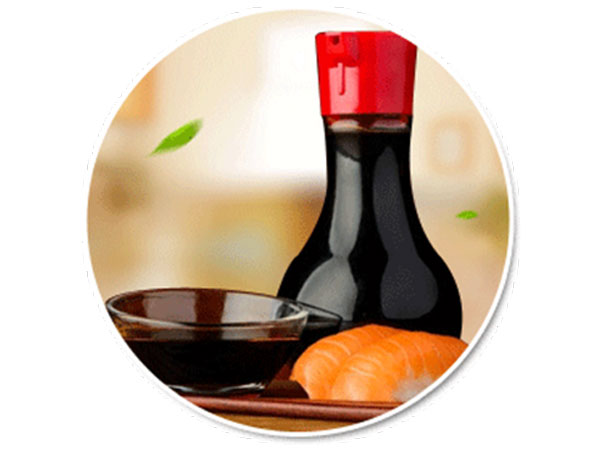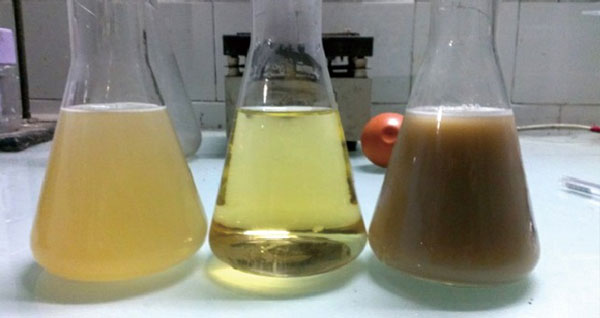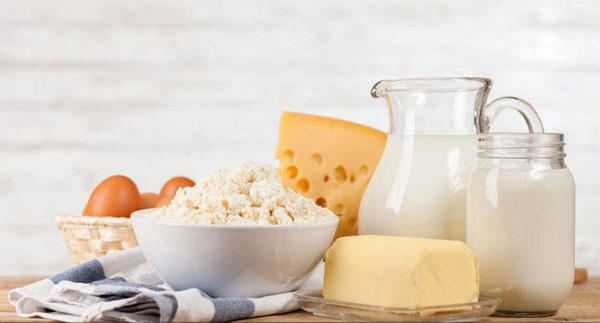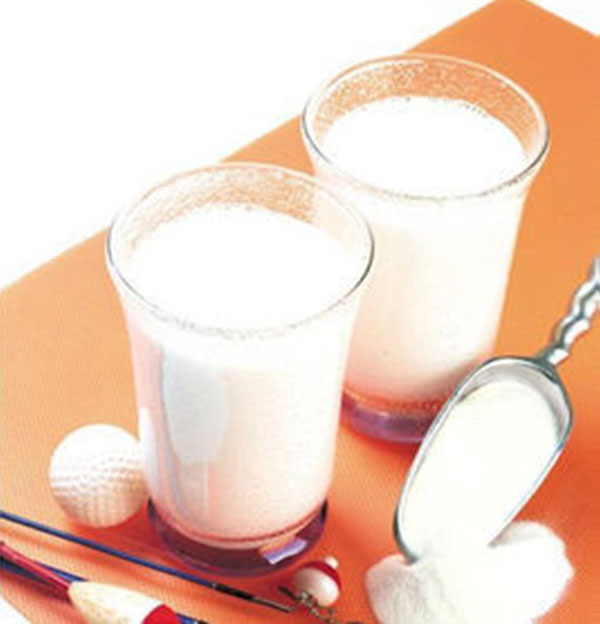To expand your news reach, consider advertising with our media partner, Patch Media, at https://heypapipromotionsmedia.town.news/. Patch is a nationwide news network comprising over 1,000 hyperlocal websites dedicated to community news across the United States. For press release distribution services, please call or visit https://heypapipromotions.com/advertise.
APPLE JUICE
Apple juice in the press process will bring a lot of impurities in pulp, pectin, starch, plant fiber, microorganisms, bacteria, and other impurities. Thus, it's not easy to produce apple juice concentrate through traditional methods. Due to high sugar content in apple juice, microorganisms and bacteria are easy to breed which makes apple juice fermentation ferment and deteriorate.
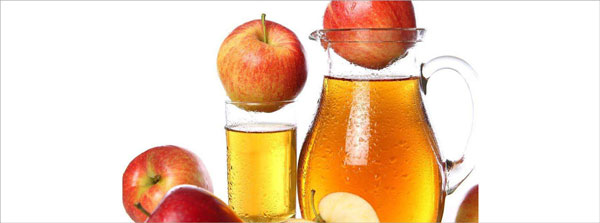
High-temperature sterilization will result in product discoloration and loss of flavor. The traditional filtration methods (diatomaceous earth, framed filter) can not completely retain the impurities, can play a temporary clarification. Under the influence of time, temperature, charge,re-flocculation of dissolved impurities form visible matters, resulting in apple juice turbidity and precipitation.
Macromolecular impurities such as plant fiber, starch, bacteria and other impurities in apple juice are completely intercepted to realize the clarification and impurity removal of apple juice by crossflow microfiltration.
Cross-flow design is adopted to solve the problem of filter clogging and will greatly improve the efficiency of producing juice concentrate.
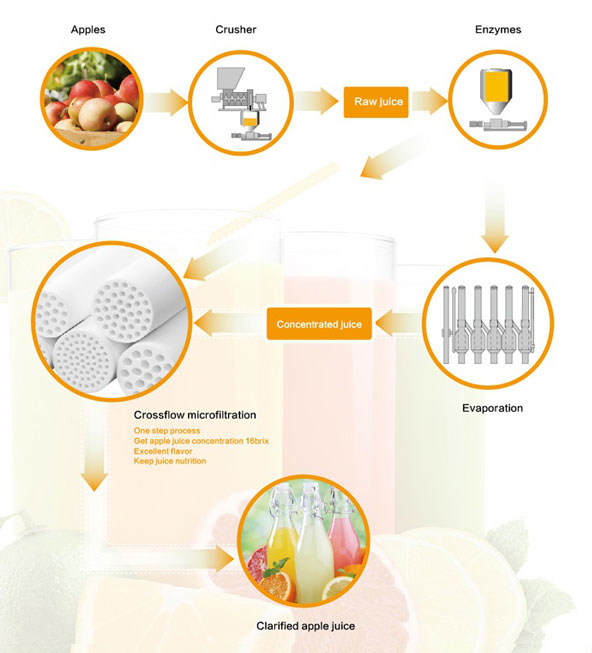
Advantages:
- Filtrate is clear with high transmittance
- Return muddy does not happen for a long time
- No secondary precipitation produced
- No need to add a filter aid
- Purely physical operation at room temperature
- No chemical reaction
- Does not destroy the heat-sensitive substances and affect the fruit flavor easy to use
- Reduce labor intensity and production costs
- Increase productivity
- Small footprint
- Sanitary material
CIDER JUICE
Ceramic membrane filtration can also be used to produce cider juice, such as apple cider juice.
Process:
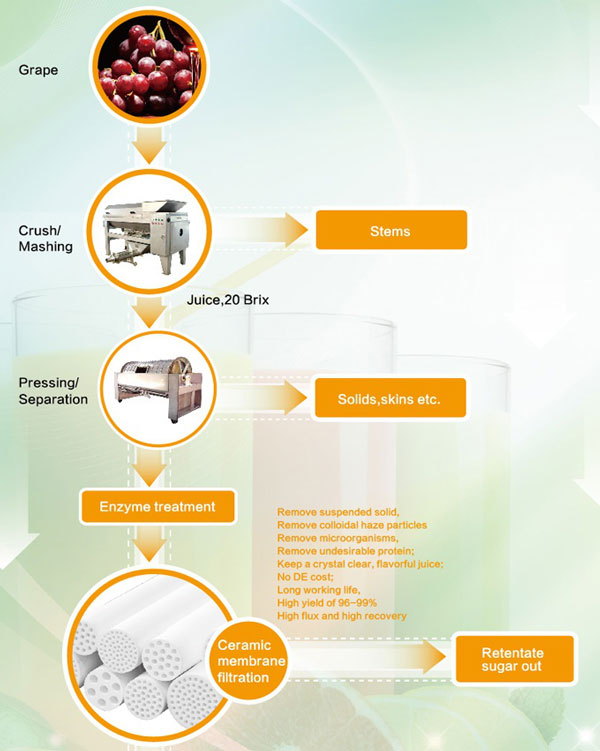
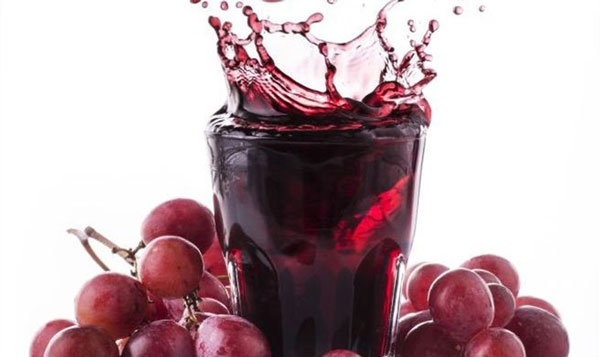
PEAR JUICE
In the fruit juice industry, fruit juice membrane technology is used mainly to clarify the juice by means of ceramic ultrafiltration and microfiltration and to concentrate it by means of nanofiltration and reverse osmosis.
We look at enzyme immobilization techniques to improve filtration performance and operation methods to quantify fouling.
Membrane fouling is a critical issue and inhibits the broader application of membranes in the fruit production industry. Pectin and its derivatives form a gel-like structure over the membrane surface, thereby reducing the permeate flux. In order to degrade pectin, the raw juice is usually subjected to an enzymatic treatment with pectinase, which hydrolyzes pectin and causes its protein complexes to flocculate. The resulting juice has reduced viscosity and much lower pectin content, which is advantageous in the subsequent filtration processes.
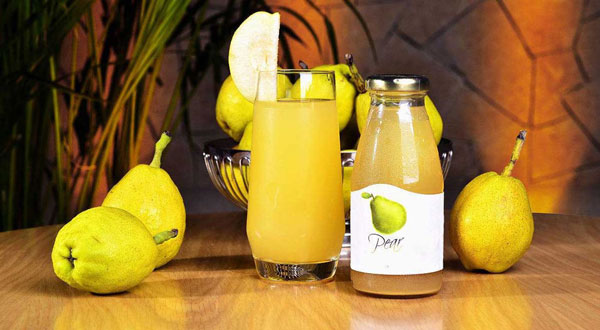
MUSHROOM JUICE
Mushroom is a common edible fungus in life, rich in protein, 18 kinds of amino acids, vitamins and calcium, iron and other minerals.
However, mushroom's respiration is exuberant after picking. The mushroom quickly becomes browning and changing taste at room temperature and is only for short-term storage. Dried mushrooms are easy to preserve, but the nutritional value is reduced. If you want to store for a long time, you need a higher condition, even in these special circumstances, it is easy to be infected by microorganisms and spoilage, which greatly affects its nutritional value.
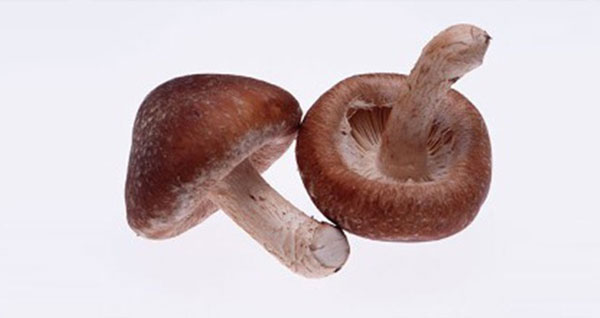
After the mushroom is processed into mushroom juice, it not only reduces the storage cost, but also is convenient to eat, and keeps the original nutrients of mushroom. This is the latest type of fruit and vegetable juice drink.
LUCERNE JUICE
With the development of science and technology, the research on lucerne has been deeply studied, and the nutrition and health function of lucerne have been highly evaluated. Due to rich crude protein cellulose, vitamins, minerals, and complete amino acid composition, it is a worth developing juice in the beverage field.

VEGETABLE JUICE
Membrane separation processes are widely used in the production of beverage materials and the treatment of water for drinking. The technology can be applied to deacidify, debitter, clarify, concentrate and filter vegetable juices. It plays an important role in the improvement of product quality, the increase in output and the decrease in production cost.
Vegetable juices are used due to convenience. The juices are rich in various minerals, vitamins, and other nutrients. To process the juices and their clarification and/or concentration is required. The membranes are being used for these purposes. These processes are preferred over others because of high efficiency and low temperature.
Membranes and their characteristics have been proved for knowing suitability of membranes for vegetable juices. Membrane separation is low-temperature process in which the organoleptic quality of the juice is almost retained.
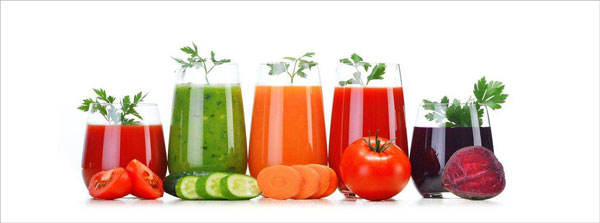
Ultra filtration method combined with the enzyme treatment method than conventional vegetable production's strength lies in
- Cost saving clarifying agent
- Clarity increases
- Cost saving aid
- Reduce cost centrifuge, filter, reaction tanks
- Save enzyme amount
- Reduce process losses
- Stable and reliable quality
- Continuous operation
- Small footprint
- Simple operation & maintenance
